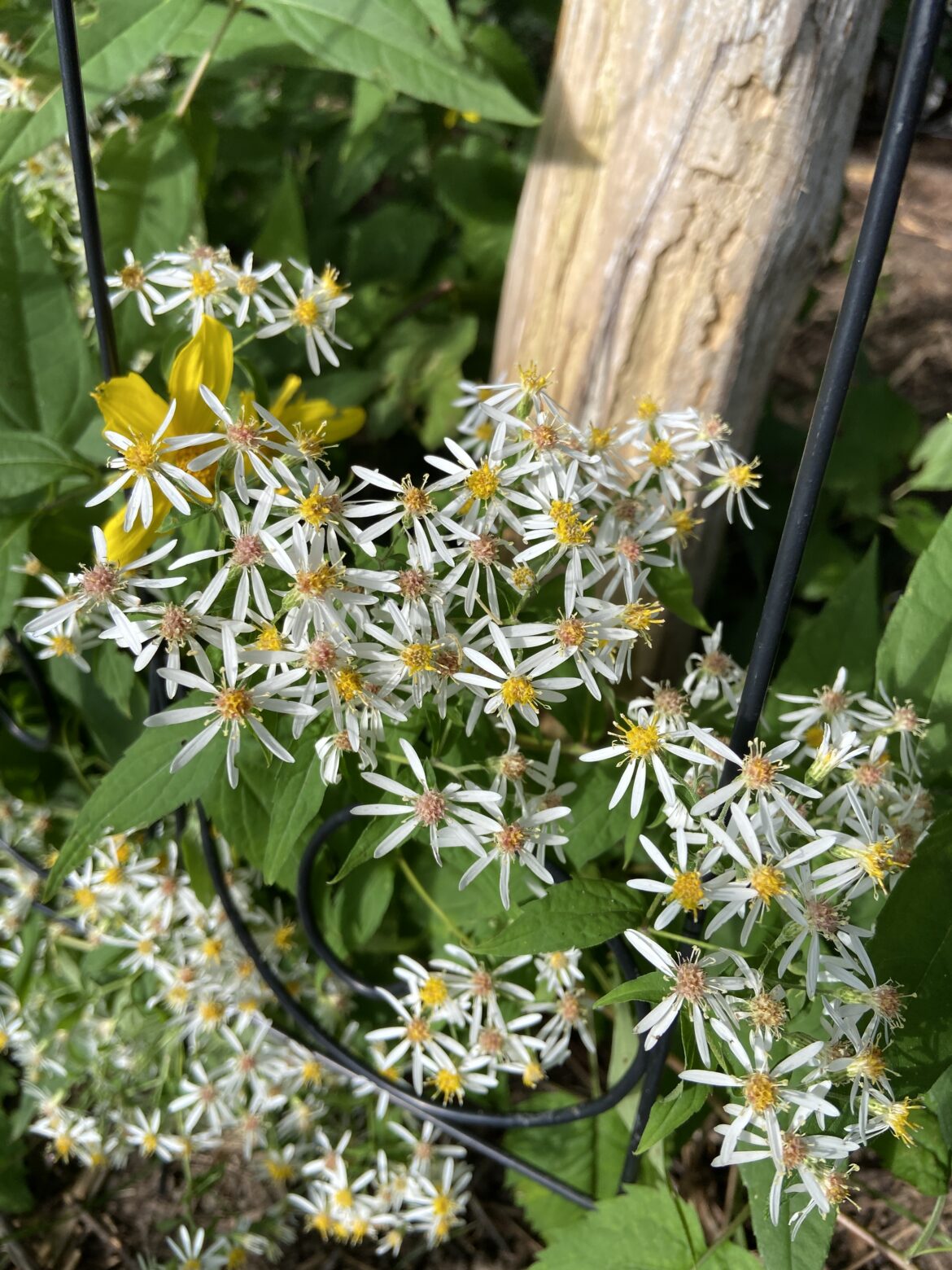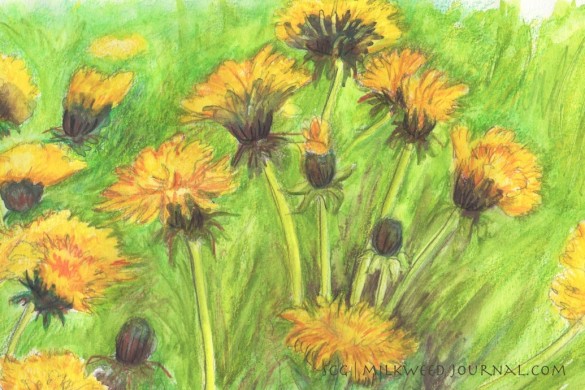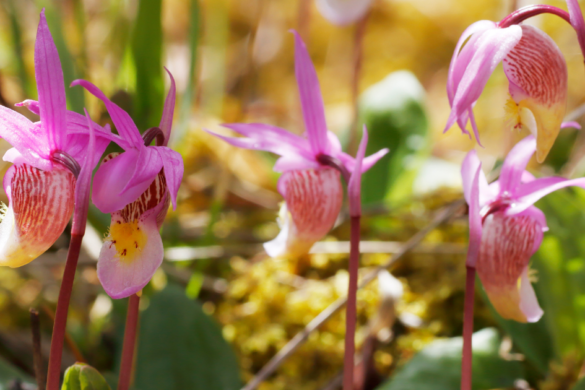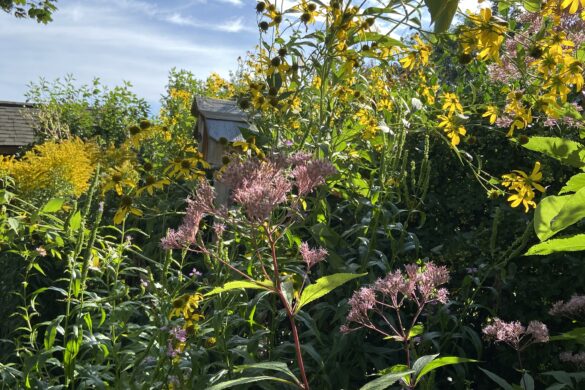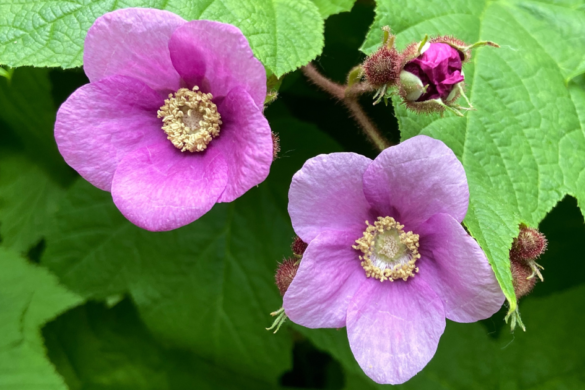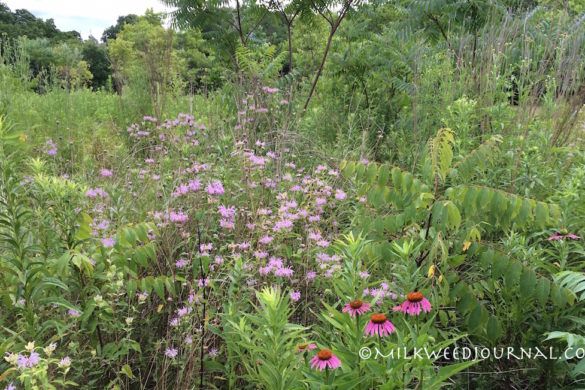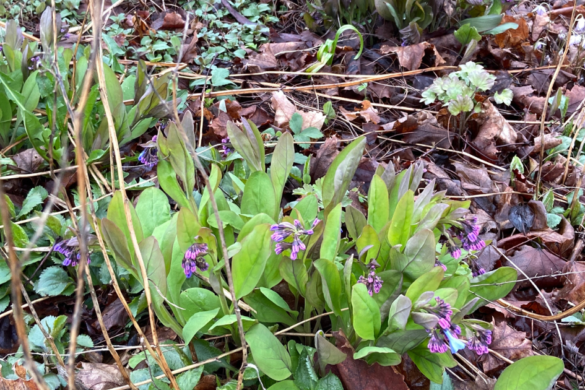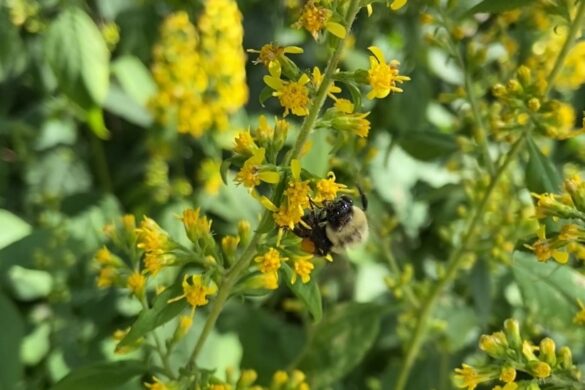September has arrived, and with it comes aster season, the garden transforming itself once again.
Asters make lovely companions to goldenrods, pearly everlasting and grasses throughout the fall.
Their palette encompasses a wide range of purples, pinks, blues and white. Plus, there are asters for sun to shade, dry to moist conditions — many will even tolerate juglone-producing black walnut trees!
Like their goldenrod cousins, asters are also an important nectar source for Monarch butterflies on their long journey south. According to author Douglas Tallamy, many bees will only use aster pollen to raise their young. Aster leaves also feed dozens of species of butterfly and moth caterpillars. They are a keystone species that are as lovely as they are important.
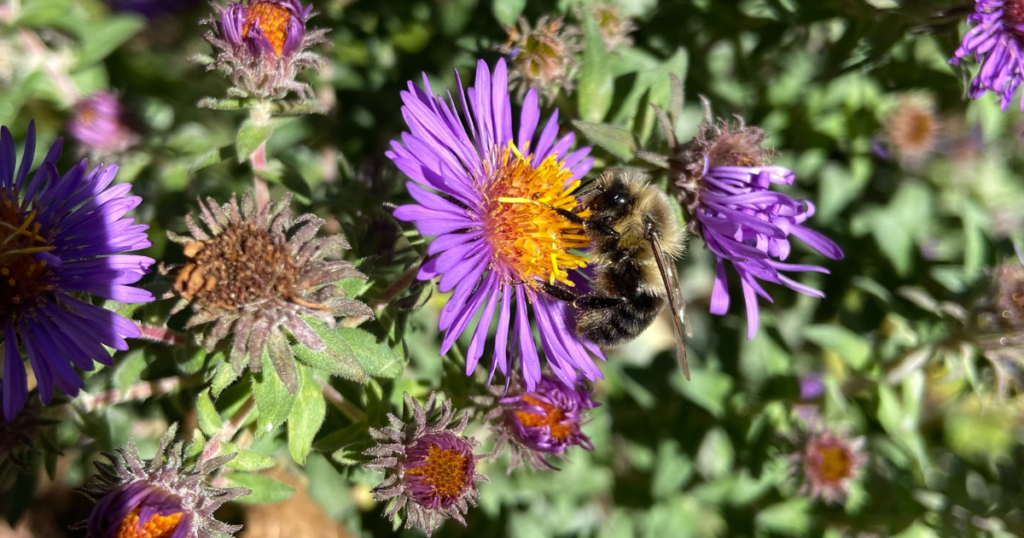
New England Aster
Showy New England Aster (Symphyotrichum novae-angliae), pictured above, could be the poster child for this family of flowers — with its bright purple petals and deep orange-yellow centre.
It is of special value to native bees, including bumblebees. It’s also the larval host of Pearl Crescent and checkerspot butterflies.
White wood aster
Another favourite: White wood aster (Eurybia divaricata), with its dainty, star-like flowers. In the wild, it’s threatened by habitat loss and degradation. A wonderful addition to the woodland garden, it tolerates shade and dry conditions and the blooms are long lasting.
Other asters for your pollinator garden
Heart leaved aster (Symphyotrichum cordifolium)
Shade-loving, with beautiful light blue flowers. I’ve planted a few of these, but the resident bunnies love them too. Hoping for some blooms next year!
Smooth blue aster (Symphyotrichum laeve)
This one is on my list for future. It’s a little shrubbier and prefers sun. Another larval host of the Pearl Crescent butterfly and of special value of native bees.
Calico aster (Symphyotrichum lateriflorum)
Another highly adaptable aster that prefers light shade. Fine leaves and clusters of white flowers with heads that turn from yellow to pink.
Thanks for reading. Enjoy your day,
— Stacey
P.S. Obedient plant is also amazing this time of year, attracting hummingbirds, bumble bees and other beneficial insects. See it on Milkweed Journal’s Instagram.

